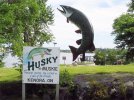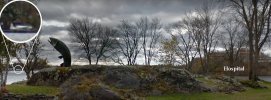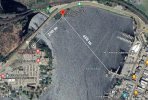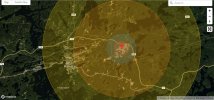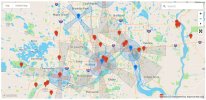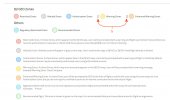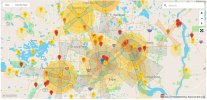There have been a few times that I've needed to unlock DJI's geofencing. I had an issue that really wasn't so much a Flysafe issue but a settings issue within my Mavic 2, which even their support person didn't understand, not did he understand airspace. The conversation I had with him showed that he was not only unfamiliar with the internal settings of the M2, but didn't recognize that the DJI maps in some ways contradict actual air maps. They seem to have some strange runway extension/vector thing off of airports which can only confuse pilots trying to understand where NFZs may or may not be.
Below find the DJI map with (presumably) runway extension vector designations, followed by the Kittyhawk map of the same section, followed by Skyvector's sectional map of the area. I do not understand why DJI includes these extra vectors when they don't represent airspace designation espectially the areas that do not even require any ATC authorization? In fact, when the front line DJI support person took my phone call he told me that I was in a "restricted area" when I clearly am not. [See red dot on sectional map and note floor of Class B space]
Perhaps I'm missing something, so can someone explain to me the logic of these extensions on DJI's maps????
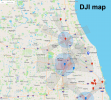
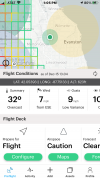
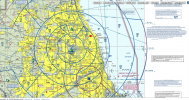
Below find the DJI map with (presumably) runway extension vector designations, followed by the Kittyhawk map of the same section, followed by Skyvector's sectional map of the area. I do not understand why DJI includes these extra vectors when they don't represent airspace designation espectially the areas that do not even require any ATC authorization? In fact, when the front line DJI support person took my phone call he told me that I was in a "restricted area" when I clearly am not. [See red dot on sectional map and note floor of Class B space]
Perhaps I'm missing something, so can someone explain to me the logic of these extensions on DJI's maps????







